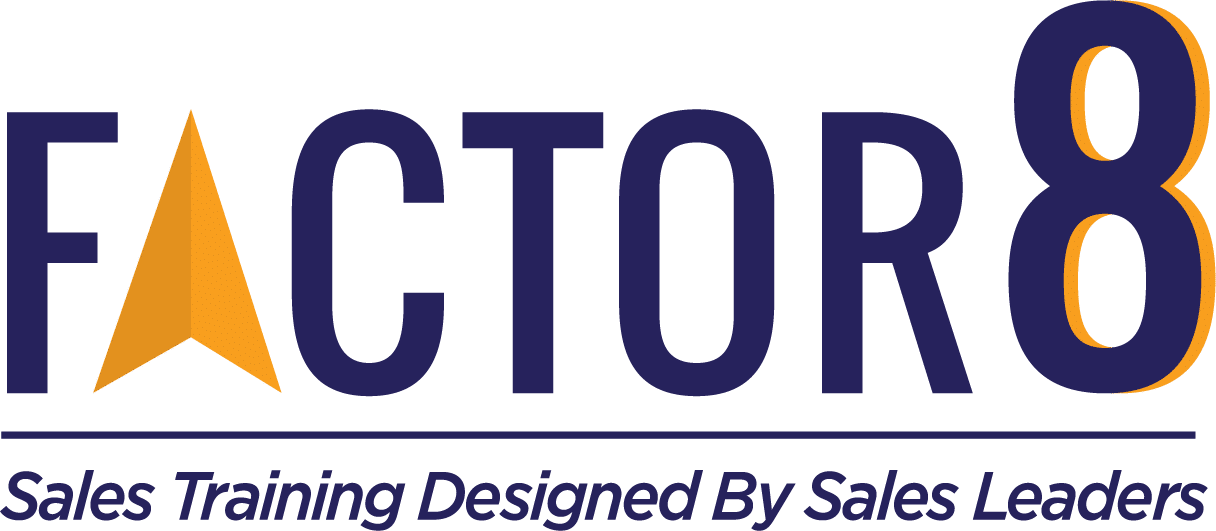8 Sales Enablement Best Practices to Partner with Revenue Leaders
This one is for my sales enablement and training pros.
Have you struggled to connect with your revenue leaders?
If you’re in enablement and getting rapid-fire requests or getting ignored by leadership, it’s because…
They don’t get it.
READ: How to Find the Best Inside Sales Training Company
When I was hired to run global sales training years ago, I thought my job was to build training to onboard new salespeople in the digital world.
I was wrong.
Instead, I spent a year traveling the world and meeting with sales leaders to talk them out of what they thought would work.
I had to teach them how people learn. I had to learn their language and build the bridge between revenue and enablement.
WATCH: Sales Enablement Secrets: Actionable Sales Training Tips, Trends, and Advice
So here are 8 effective ways sales enablement can forge a better partnership with revenue leaders:
- Keep meetings short and fast. Confirm meetings the day before via text if possible. Revenue leaders have packed schedules, so respecting their time is crucial. By keeping meetings brief and confirming attendance the day before, you ensure that your interactions are efficient and prioritized.
- Get three or more follow-up resources – top, middle, and struggling sellers, as well as a go-to Sales Manager. Understanding the perspectives of sellers at different performance levels and involving a reliable Sales Manager can provide comprehensive insights. This helps tailor training programs that address varied needs within the team.
- Uncover root causes by questioning results, metrics, challenges, sales cycle stages, and KPIs. Dive deep into the data and ask probing questions about the results and challenges. Understanding the intricacies of each sales cycle stage and key performance indicators will help pinpoint the real issues that sales training needs to address.
- Get five or more recorded call or video examples so you know where to insert new skills and role-play ideas. Recorded calls and videos are invaluable for identifying where sales reps need improvement. They also serve as great tools for developing role-playing scenarios that target specific skills gaps. Save these recordings to help develop future reps, showing them the good, bad, and ugly.
- Move mountains to get going fast but set expectations up front for build time and class time. Sales leaders often expect rapid results, but it’s important to manage these expectations by clearly communicating the time required for developing and delivering effective sales training programs.
- Appoint a sales liaison to shadow sales, attend meetings, and translate insights. Ask for the same in return. Having a dedicated liaison who understands both sales and enablement can bridge communication gaps. This person can provide real-time feedback and ensure that training initiatives are relevant and aligned with sales goals.
- Always document deliverables, expectations, and commitments in a client “contract.” Clear documentation of what’s expected from both sides helps prevent misunderstandings. A “contract” outlining deliverables and commitments ensures accountability and clarity throughout the training process.
- Measure results post-training at two weeks, four weeks, and eight weeks. Raise flags if no movement is detected. Consistent follow-up on sales training effectiveness is essential. Regular check-ins at defined intervals help track progress and identify areas where additional support may be needed. If there’s no improvement, it’s crucial to address the issues promptly.
READ: How to Measure Sales Training ROI
By incorporating these strategies, sales enablement professionals can build stronger, more collaborative relationships with revenue leaders. It’s about speaking their language, understanding their challenges, and providing tangible value that directly impacts sales performance. When both sides work together seamlessly, the entire organization benefits from improved alignment, communication, and results.

